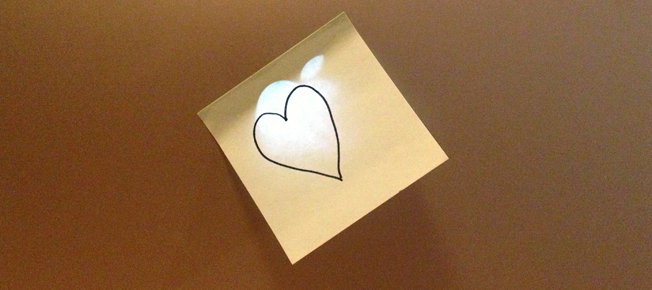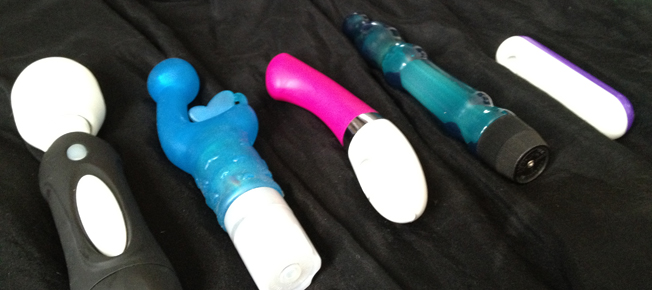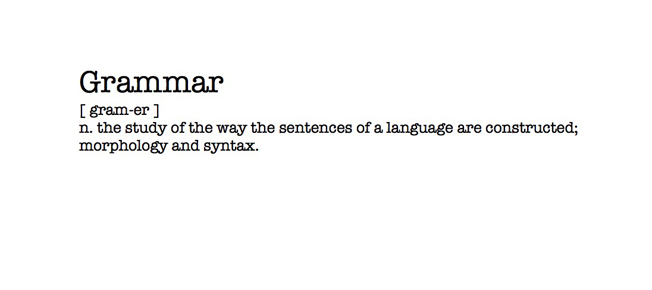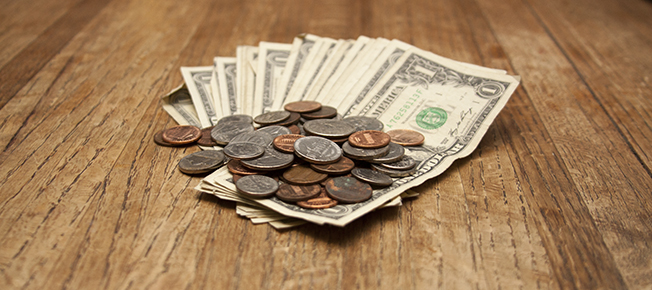So, you’ve just gone through a breakup, had a 20/30/whatever-something crisis, found yourself Facebook-stalking your ex, or realized that you don’t want to die alone, and you’re considering giving online dating a go. Fantastic! Welcome to the modern dating world!
As a seasoned online dater, I can tell you it’s just as scary as it sounds. But, on the upside, it can often lead to good things. As a real-life example, I found my boyfriend through OKCupid! (This is true.) My friend from high school is marrying a man she met online. (Also true.) And Ryan Gosling just joined, so you have a chance with him! (Not true.)
All that said, I don’t know if I’m one to give advice—earlier this morning I somehow spilled coffee in my hair—but I have done online dating, and I did find someone through it. So, what I’m going to give you is a basic plan to follow, what not to do, and some warnings about what you may encounter.
How to Build the Perfect Profile
I recently read an article that recommended wearing a red shirt in your profile photo because red is “eye-catching” and “sexy.” Sure, you can wear red. You can also not look at the camera, wear your hair up, hold the world’s most adorable kitten, or any number of options. But, in the end, you will be judged not only by your cover photo, but also by your screen name, interests, and what you’re looking for.
So here are some things to consider:
The Main Photo: Choose something flattering. If you’ve got long legs, let the trolls scouring at home know it. If you’ve got lovely hair, flip it. If you have self-esteem issues, do the far-away image thing. some little monster great person will find it endearing.
Your Screen Name: For the sake of “anonymity,” and so that online dating is a “safe place,” you get to choose a nickname. I created mine without thinking, SeeErinDate, and then realized that if I wanted to change it, I’d have to pay some outrageous sum. Any yet, I’d get messages from people like TigerBalls247 and think, “What an idiot.” So, I’m just saying, think before you pick.
Interests: Be honest. If you aren’t a thin former model who likes to vacation in the south of France and eat kale, don’t put that in. The whole point of online dating is to find someone who is compatible with you. No need to tell lies until the first date actually happens. Just kidding! (Kind of…)
Commit to Your Online Profile: In other words, give it an honest try. Going into the site, answering ten questions and putting up one photo does not a stanch effort make. In other words, pledge to yourself that if some hottie sends you a cute message, you will write something back. (Pro Tip: If you get a 20-page message from someone, they are probably crazy. Only send and receive the paragraph ones.)
Stranger Danger
I remember watching 20/20 specials about young girls who agreed to meet online friends in the real world and were then found years later in a European sex ring. (Or maybe that was Taken with Liam Neeson?) Either way, we’re taught to be wary of all things online, so the prospect of meeting a complete stranger can be pretty daunting.
As someone who carries pepper spray on my keychain and stores a spare in her glove compartment (just in case!), here’s my advice: before you meet someone, text a good friend and tell them where you are going, what time, and when to check in with you. That way, if they text and you don’t text back, they can radio the police choppers. And obviously, be smart and meet in a very public space.
How I did It
Because I’ve had success with dating on the Interwebs, I get asked a lot what the “secret” is. I don’t have one, but I am a fan of game plans, and that is what I made for myself. So feel free to follow “Erin’s Law” if you want!
I answered 50 questions, put up three photos, and committed to going on three dates with three different men. I repeat: three dates, three different men. I told myself that if all of them were crazy—not just boring or not compatible, but legitimately odd—then it would be a sign that the online world wasn’t ready for me. However, if even one of them was normal and perhaps only a bit dull, it meant I had to keep trying because normal guys existed online.
My first two dates were bad and borderline awful. The first guy had played in a well-known band back in the day, so I thought he’d be interesting. But he wasn’t. And when I told him I didn’t think a second date should happen, he went… nutso. He started tweeting to his fans about a girl who had broken his heart—me, really, after one date?—and that he needed to get drunk to numb the pain. Beware the former rock star, people!
The second date was with a reality TV producer who was divorced and had a kid—which I found out about on the date—and he brought along his dog. The dog jumped on my leg and ripped a hole in my Topshop tights. Perhaps, for some of you, this would be acceptable—not to me. I couldn’t bring myself to see him again.
The third date was with my current boyfriend, who took me to a wine bar and made me laugh and has turned out to be an all-around great guy. Maybe it’s the rule of three, or maybe having a plan let the universe know that it had to get it right in three tries (or else), but that’s what worked for me and it made me feel completely in control of the experience.
Just Do It
I know it’s scary and maybe you even have some concern that online dating is desperate. But, the thing is, if you don’t put yourself out there, then the chances increase that no one is going to find you. Plain and simple.
Plus, it’s low stakes: worst-case scenario is that you go on a couple bad dates. Welcome to life, that will happen no matter what! While the best case is that you meet someone fantastic to spend time with, and wouldn’t that be fun?!

Photo by Meaghan Morrison






